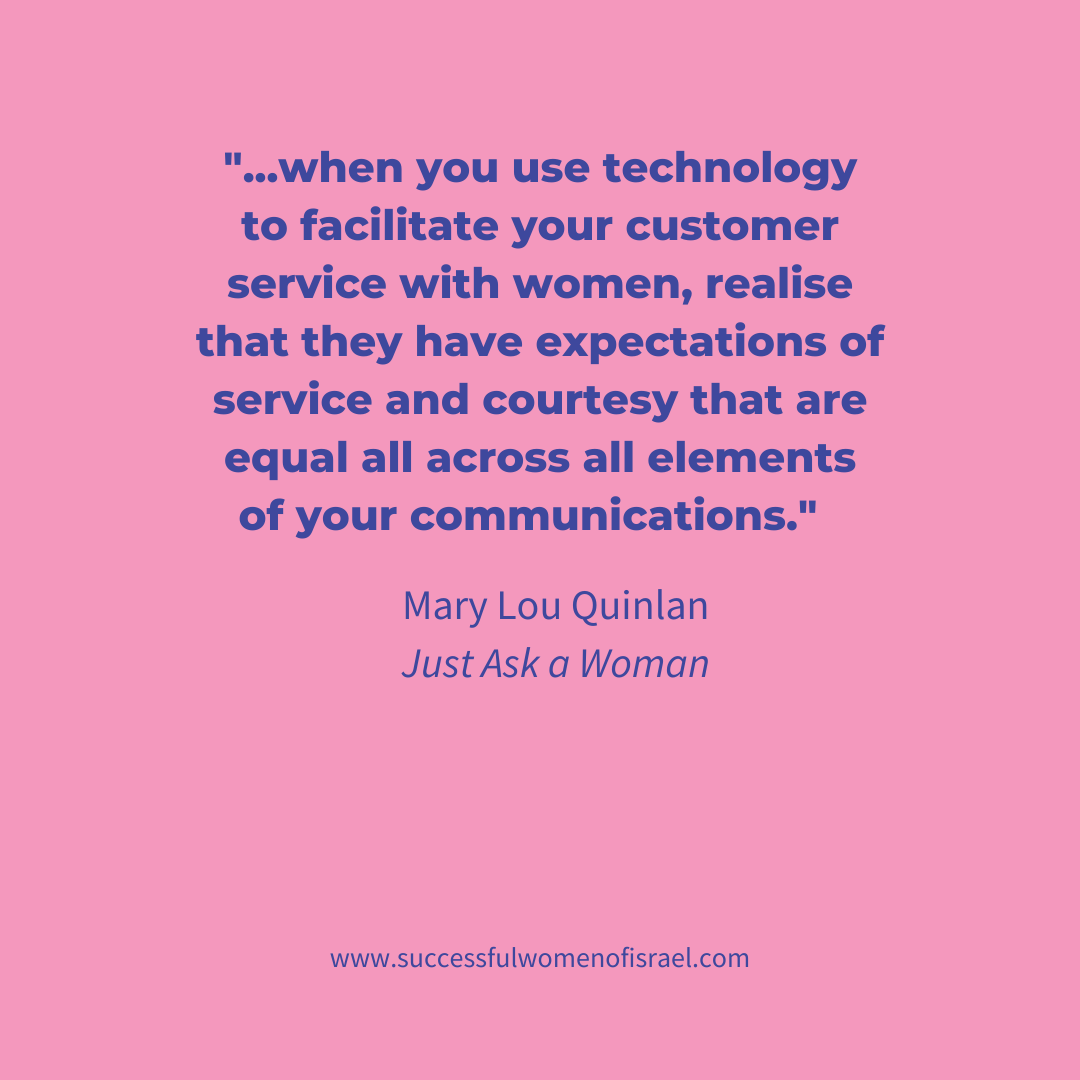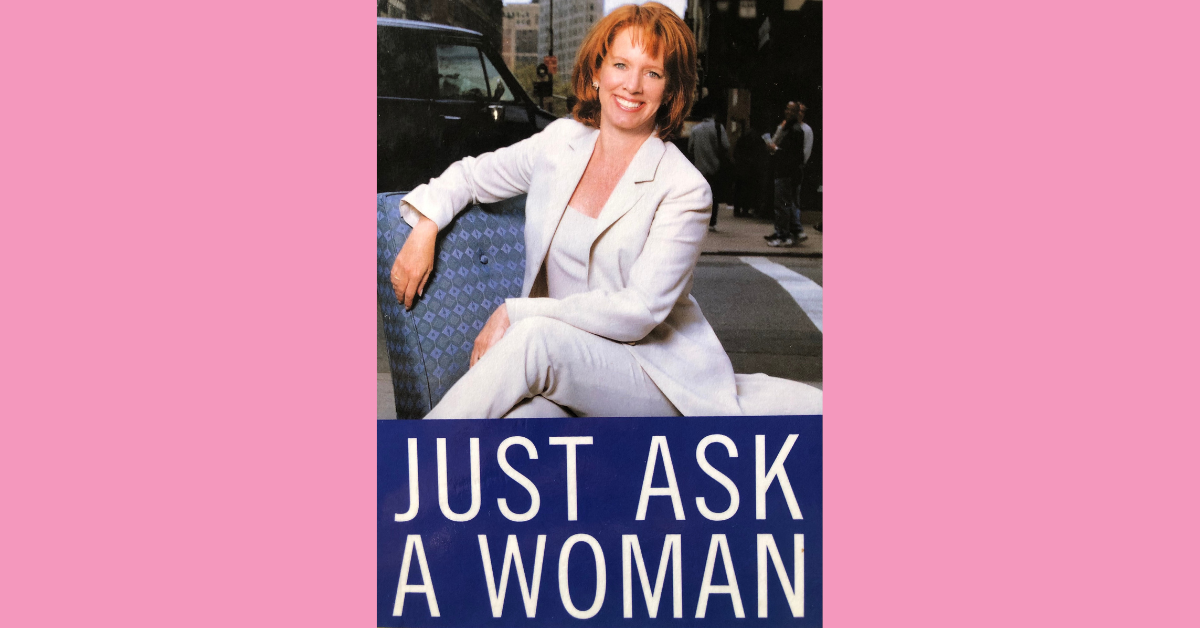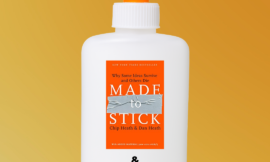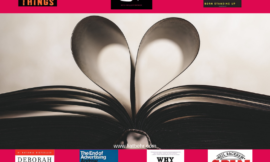As you know, I’m fascinated by the topic of marketing to women; that is understanding what women want, and how women buy, and then getting organizations to understand what they need to do to get women to fall in love with their brand and offerings.
Just Ask a Woman is a great book, offering concrete and innovative insights on exactly that. The author, Mary Lou Quinlan, is an award-winning advertising consultant and in her book she shares her experiences on topics ranging from creating effective focus groups and advertising, to building trust.
Women are dominant consumers driving more than $43 in global consumer spending. As such, it’s crucial to understand what products they want, how they want them, as well as how to market to them. Quinlan’s central tip: Listen to what women say, get to know what they truly want.
Here are 5 methods Mary Lou Quinlan shares in Just Ask a Woman, to understand how women buy.
Focus Group: Talk-Show Style
So you want essential information from your prospective customers. A focus group may be the answer, but you have to do it right. Doing it right means making your customers comfortable.
Focus groups tend to be held in plazas, where participants sit on uncomfortable chairs under fluorescent lights, and are asked dull questions by a moderator who reminds them of an elementary school teacher. How effective do you think such a focus group will be in getting customers to open up?
So, Quinlan, determined to get more out of her focus group sessions, put more in. She rented a room in a hotel with comfortable plush chairs, provided fancy snacks and conducted a talk-show style focus group. Women like to share, Quinlan emphasizes. By opening the discussion with her own answers and insights to questions she was asking, she made participants feel comfortable to share their own insights. Her bottom line: Focus on the client not your product.
Reduce Her Stress
Women of all ages experience stress, and while many think anxieties are particular to adult women, they’re not. In fact, Calgon made a fundamental change to the way it markets its products when it discovered the importance of marketing to teenagers. By listening to teenage girls about the anxieties they experience in their own lives, Calgon began marketing its relaxing bath products to a new target audience who also need a chance to unwind. Quinlan also adds that that women never like their stress to be mocked. Advertising that spoofs a woman’s anxiety, for instance, by depicting a frazzled mom, actually tend to distance women and have a negative impact on sales. Quinlan advises that best moments to use in advertising include showing a woman when she feels beautiful (e.g. wedding day) or when she’s calm (vacation), and the like.
Simplify Her Life (Technology)

However fresh and exciting your product is, and whatever edge it has over other products in the market, be sure it is easy to use. Products should help simplify life, not make it more complicated or cumbersome. Women far prefer a workable product over one that may have more feature and do more, but will require a work manual to figure out.
Help her choose your product
Have patience. A woman wants to buy but first she needs to trust. Quinlan suggests adding a “relationship element” to your offering to help build trust and improve her life. But in addition, learn to identify when a woman is in deciding mode, and when she is in shopping mode. These are not the same. By understanding the outcome a woman is looking for (deciding vs. buying), you can cater to her needs better, and build trust, which will in turn get her to come back to do business with you when she is ready.
The Power of the 40-Plus Market
Women over 40 comprise a large share of the consumer market, “At 42, I still kick butt. I just do it in a more expensive shoe,” quotes Quinlan from a focus group member. Studies have found that women over 40 spend more on cosmetics than women in their twenties. Be sure your model fits the right persona and conveys energy, vitality, youthfulness and health, not “young.” Businesses have discovered the hard way that women simply won’t purchase a brand if they cannot identify with its models.
These are just a few of the important insights in Just Ask a Woman. For more insights into how women buy, read the book.


